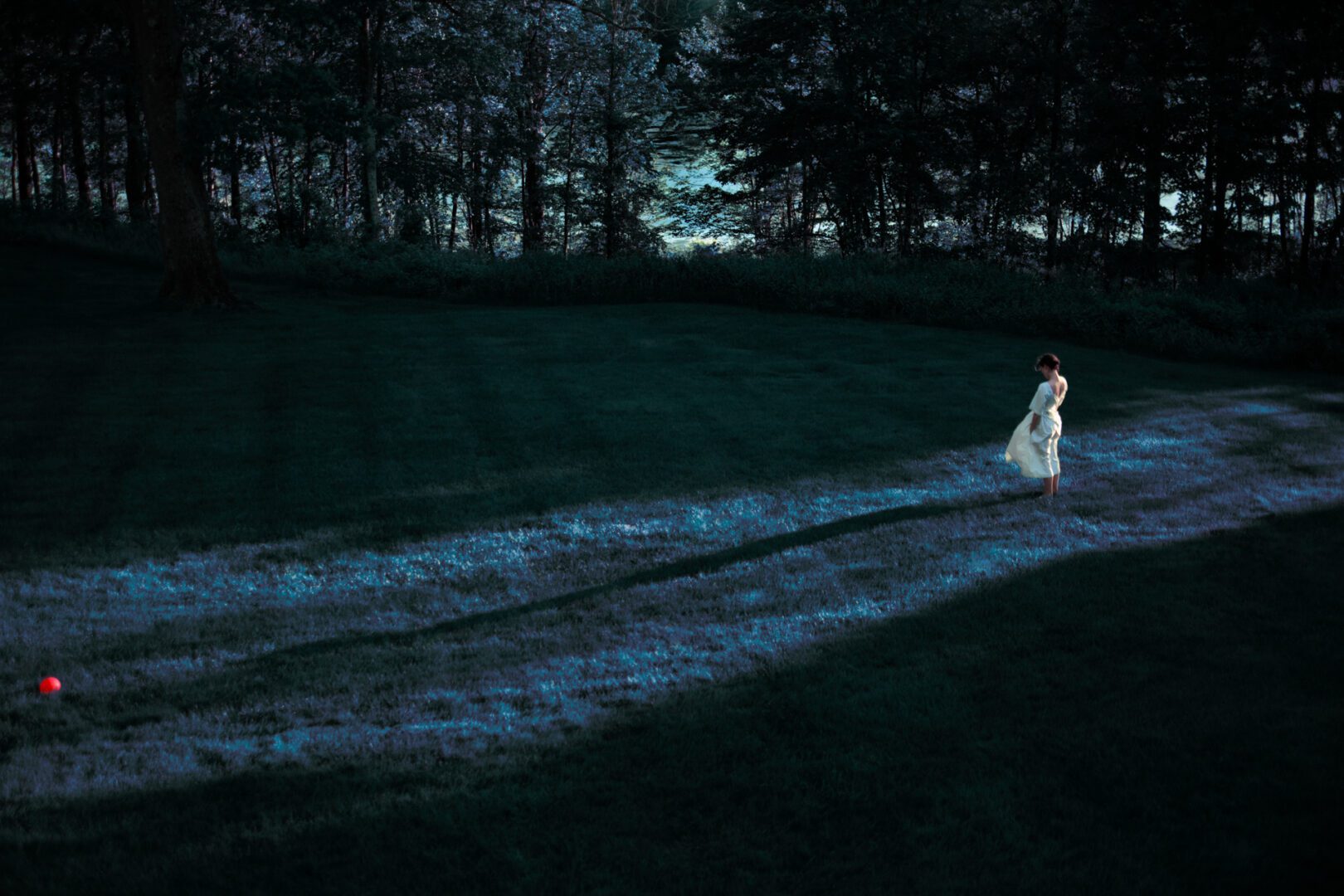To visit a gallery or an exhibition is to spend time with an artist. You can dedicate hours to the process, casting a detailed eye over each photograph or painting. If one particularly captures your heart, perhaps you’ll take a postcard home so you can return to the image over and over. A photobook is the opportunity to bring an entire series into your home, perhaps even an artists’ whole career. You can pore over them, seeing how your response to them changes as you grow and evolve as a person. They’re companions to your life. These five new photobooks are certain to be lifelong friends, some of which document the work of pioneering creatives like Michael Ormond or Erik Madigan Heck, others explore the history of a place or a culture. Each of them offers mesmerising images that tell us something vital about our world.

Michael Ormerod
Michael Ormerod was travelling to South Dakota to cover an annual motorbike rally when he was sidetracked by Wall Drug – cowboy-themed stores and restaurants in a one-horse settlement. It attracted a million people a year and it was one such visitor that Ormerod captured mid-blowing a bubble. The image went on to form the centre of his series that followed the reality of the American Dream in the 1980s, documenting roads to nowhere and in-between places. The photographer lost his life in a road accident on his last field trip to the US, and for the past decade his daughter has worked through his archive of unprinted negatives to bring them to a new audience. Now, these unseen images are presented in a new photobook that offers a sharp and authentic perspective on American culture.

If you hear the word architecture, you’d be forgiven for imagining traditional structures, perhaps a skyscraper or towering historical buildings. This new book considers the artform in a whole new light, considering how design is used in the creation of play. It is a photographic exploration of the world’s most imaginative and surprising playscapes, spanning artist-designed play structures, picturesque soft plays and high octane helter skelters. In one piece, a single metal plate is split into two pieces to create an interactive artwork that explores conflicting extreme emotions, the swing mirrors human beings’ constant quest for balance. Although they may vary in their aesthetics, each is united by their originality, visual appeal and power to help children unleach their creativity and adventurous spirit.

Erik Madigan Heck
Known for his work in fashion and photography, Erik Madigan Heck is the founder of Nomenus Quarterly. The publication is a collaborative platforms for artists working in the worlds of fine art and fashion. His works have a dreamy, painterly quality, often paying homage to the Romantic movement. The Tapestry is an exploration of colour and form, presenting more than 180 photographs that originated during a period of deep reflection and evolution for the artist. In a time when the entire world was forced to pause during the Covid-19 pandemic, Heck used the opportunity to reflect upon his past decade of work. The result is a stunning array of unapologetic images that make playful use of natural light and settings. They place the viewer in an alternative world, one where fairytales and stories become real.

Tony Dočekal
“For six years, I returned to the American West, a region mythologised for its freedom and opportunity, meeting people who defy the norm. The Color of Money and Trees became a journey of self-discovery, questioning who we are versus what others expect us to be.” Tony Dočekal first began to challenge the value of the American Dream when volunteering for an organisation working with the unhoused. She encountered many people who lived on the margins of society – either by necessity or choice. The images of her encounters are the basis of this book, which takes the form of a diaristic fable and is interspersed with diary entries alongside quotes from those she met along the way. The quotes included in the book are a reminder that each portrait and location has a story that expands beyond the frame.

Jeanette Spicer
In 2012, Jeanette Spicer began staging photographs and videos interacting with her mother in strange, intimate, disturbing and sometimes humorous ways. She was investigating how Western society perceived the boundaries between children and their adult parents. A few years later, it became clear to her that she was a lesbian, a personal revelation that shifted her entire perspective on the work. She felt that the visual representation of lesbians interacting with straight parents was missing and made it her am to show how this relationship could look. She began to include her partner in the work, and images show Spicer, her mother and partner undertaking feminine activities such as bathing, painting toenails and braiding hair. The images are often cropped and fragmented, creating a sense of ambiguity.
Words: Emma Jacob
Image Credits:
© Erik Madigan Heck.
Girl blowing bubble gum, Wall, South Dakota, 1986 © Michael Ormerod.
Architect: Dl Atelier. Photographer: Zhu Yumeng.
© Erik Madigan Heck.
From The Color of Money and Trees © Tony Dočekal.
Mom in Italy, 2017 © Jeanette Spicer.




